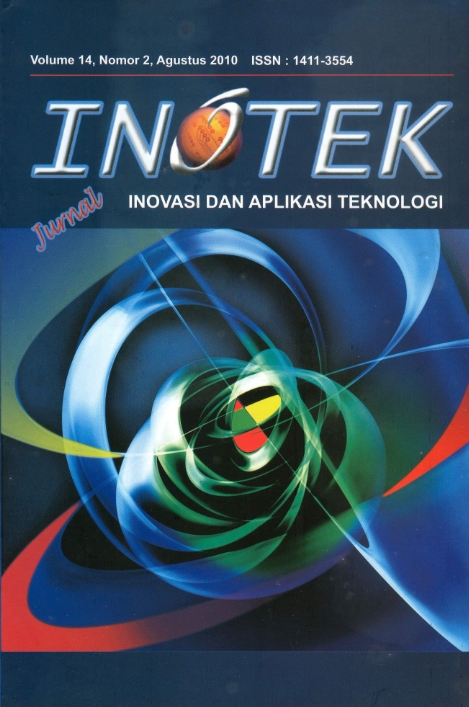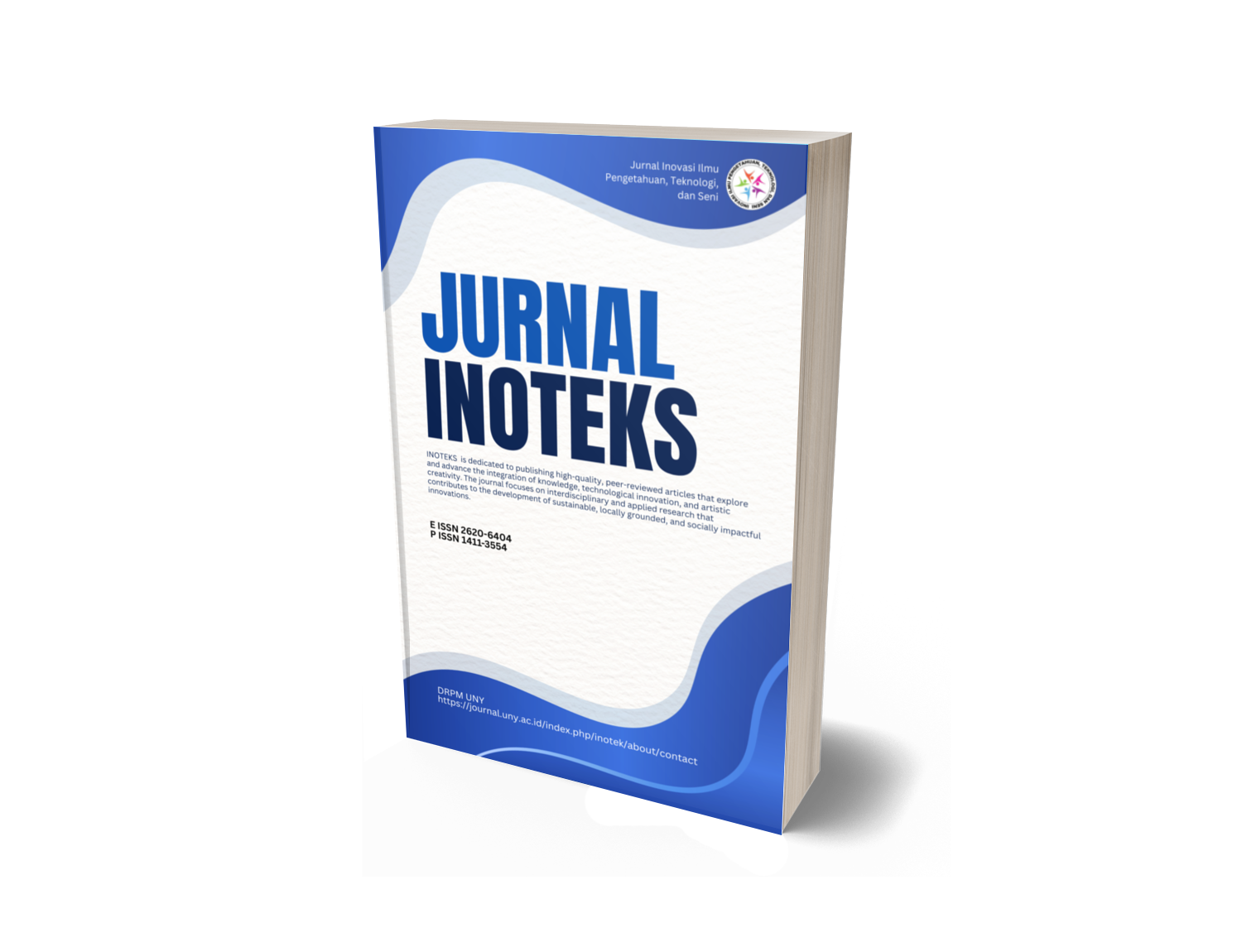PENINGKATAN EFISIENSI PROSES PRODUKSI KERAJINAN BAMBU MENGGUNAKAN MESIN PENGERING DI "TUNGGAK SEMI" BAMBOO HANDYCRAFT
DOI:
https://doi.org/10.21831/ino.v14i2.2292Abstract
The purpose of this article is to discuss the production efficiency of
making bamboo handicraft product by using dryer. The dryer as a tool that can overcome this problems are discussed starting from assembly, specifications, operating guidelines, and test try.
Planned dryer basically consists of the heating room and heating
units. Heating room made of masonry walls plastered with cement on the outside and inside of the room walls. There are two door to enter the heat product. Two glass window, which serve as monitors heating conditions. Two thermometers was placed on glass window.
Result dryer manufacture process has been tested with results as follows: has created a dryer the size of the heating room 3 m x 6 m x 2.25 m, a wall of brick covered with cement, and the ceiling is made of asbestos. Heating unit has dimensions of 40 cm x 40 cm x 60 cm. Heating unit is heated by LPG gas stoves. The results show that a heating unit capable of
heating the room temperature from 30oC to 40oC in 10 minutes. The water
content of dried products decreased from 17.1% to about 2.5%. The capacity of the dryer is 300 products. The cost for drying the product is Rp47.33, - per productDownloads
Published
How to Cite
Issue
Section
Citation Check
License
- Authors certify that the work reported here has not been published before and contains no materials the publication of which would violate any copyright or other personal or proprietary right of any person or entity.
- Authors transfer or license the copyright of publishing to Jurnal Civics: Media Kajian Kewarganegaraan to publish the article in any media format, to share, to disseminate, to index, and to maximize the impact of the article in any databases.
- Authors hereby agree to transfer a copyright for publishing to Jurnal Civics: Media Kajian Kewarganegaraanas a Publisher of the manuscript.
- Authors reserve the following:
- all proprietary rights other than copyright such as patent rights;
- the right to use all or part of this article in future works of our own such as in books and lectures;
- use for presentation in a meeting or conference and distributing copies to attendees;
- use for internal training by author's company;
- distribution to colleagues for their research use;
- use in a subsequent compilation of the author's works;
- inclusion in a thesis or dissertation;
- reuse of portions or extracts from the article in other works (with full acknowledgement of final article);
- preparation of derivative works (other than commercial purposes) (with full acknowledgement of final article); and
- voluntary posting on open web sites operated by author or author's institution for scholarly purposes, but it should follow the open access license of Creative Common CC BY-NC-SA License.









